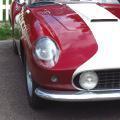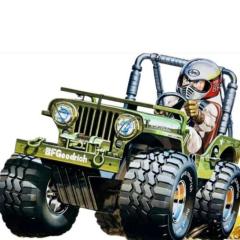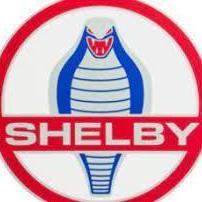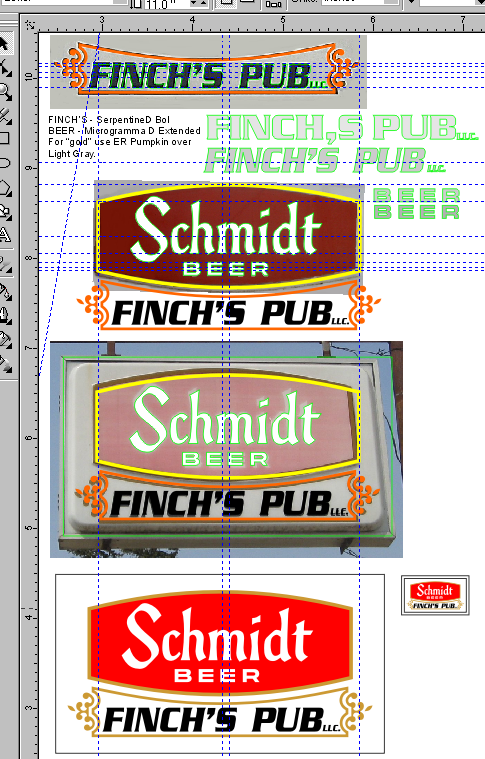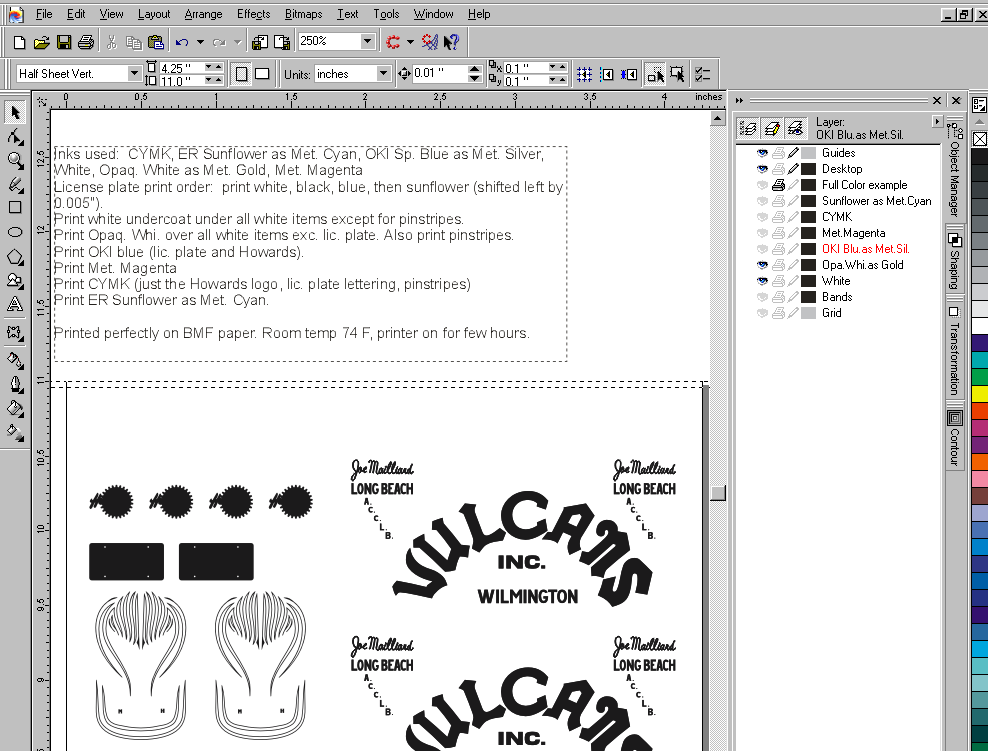-
Posts
9,215 -
Joined
-
Last visited
peteski's Achievements

MCM Ohana (6/6)
-

The new Charger
peteski replied to Jon Haigwood's topic in General Automotive Talk (Trucks and Cars)
I guess my eyes and brain picked up the similarity. Thanks! -
Do her emails get bounced back (as undeliverable) to her, or do they just vanish? Outlook is likely just a mail reader program on your computer. Who is your email provider (the part of your email address after the @ sign)? Do you use any of the free email accounts like Yahoo, Gmail, Hotmail, etc.
-

A Sad Situation
peteski replied to Falcon Ranchero's topic in General Automotive Talk (Trucks and Cars)
Looks like it has the (in)famous HT4100 (4.1l V8) engine. Same as my '85 Eldorado. Hopefully by 1985 many of the original issues with that engine have been resolved. -

The new Charger
peteski replied to Jon Haigwood's topic in General Automotive Talk (Trucks and Cars)
I was not aware of the other car. Still, doesn't change my opinion - to me both have some De Lorean flavor in them. -

The new Charger
peteski replied to Jon Haigwood's topic in General Automotive Talk (Trucks and Cars)
That Hyundai looks like bad copy of De Lorean with lots of "stuff" tacked on. All those black "ground effects" look like some newbie modeler customized a model kit of a De Lorean by adding some unrelated parts from other kits. I also don't understand that black (pseudo air inlet?) "thing" on the rear quarters. It ruins the otherwise decent lines of the car. I guess my mind doesn't work like today's 20- and 30-something car designers. -
Neither excuse seems to apply (crappy plastic kit carburators are neither good or cheap nowadays). And as far as resin goes, what specific type of a problem have you experienced with resin parts? Polystyrene is also a type of resin you know. And while the Fireball's carbs do look like they are cast from polyurethane resin , I bet dollars to donuts that the master pattern is 3D printed. Those have way too fine level of detail to be scratchbuilt by someone. Their bases even show artifacts of 3D printing.
-

Software to create decals
peteski replied to Mike 1017's topic in Model Building Questions and Answers
Best decal design software is vector based (with a capability to also include bitmaps). Vector graphics (which are type of CAD type drawings) are much easier to manipulate and will not lose resolution if manipulated. Photoshop (and freeware GIMP) are mainly bitmap manipulation apps, so while they can be used to produce decal artwork, they are not optimal. Here is a brief AI generated (but accurate) definition of both formats: Vector graphics use mathematical equations to create lines and curves, which allows them to be scaled infinitely without losing quality, making them ideal for logos and illustrations. In contrast, bitmaps are made of pixels and are resolution-dependent, so scaling them up results in pixelation or blurriness -
I should have also mentioned that while the technique and results are excellent, I am confused by the "Photo Etch Step Pads" subject line. When I brought up the thread I expected some photoetched metal step pads, but the only photoetched thing is a saw blade used as a shaping tool for the plastic steps. "Simple and easy technique for making step pads" would have IMO been more descriptive.
-

LA Awesome for chrome removal
peteski replied to gpal's topic in Model Building Questions and Answers
The residue is likely the gloss clear coat applied to the parts before the metalizing process to produce a mirror-smooth surface. You can try immersing the parts in the LA Awesome for more time (the plastic should not be affected), or try some other stripping liquid (like CSC or the Purple Stuff). -

Can this be cleaned up
peteski replied to junkyardjeff's topic in Model Building Questions and Answers
That is strange. Maybe the yellowing was due to sunlight (UV) exposure and it also affect the clear plastic? I agree that likely the best way to try repairing it will be to use some sort of abrasive method others mentioned, and maybe give it a final coat of Future floor finish (or whatever that stuff is called now, or one of its equivalents). -

Software to create decals
peteski replied to Mike 1017's topic in Model Building Questions and Answers
The ancient Alps MD-5000. There is a online group for Alps owners with about 2400 members. I'm one of the groups owners. https://alps.groups.io/g/ALPS/ -
Excellent technique! Simple and very effective.
-

Can this be cleaned up
peteski replied to junkyardjeff's topic in Model Building Questions and Answers
I'm curious as to how the fogging happened. Going by the shape of the fogged area of the "glass" it seems to have been removed from an assembled model and only and only the the exposed "glass" area got damaged. Could it have just been sprayed with Dullcote? It wouldn't have fogged up like that just by itself. -

Software to create decals
peteski replied to Mike 1017's topic in Model Building Questions and Answers
If you are planning on doing artwork for more than few custom decals I recommend getting and learning any of the many publishing apps available out there. Unlike simple word processors or Power Point apps, publishing software gives you much better control of the graphic objects in your design. It also allows shows you the exact sizes of the objects so you can take guesswork and experimenting with resizing the artwork until it fits. Ability to separate layers is also very helpful. But there is a usually a fairly steep learning curve. However, after you get through that learning curve you will wonder why you were using some primitive software which was never meant for designing things like decal artwork. Software such as Adobe Illustrator, Corel Draw, or a freeware Inkscape will be ideal for artwork design. You don't need the latest and greatest versions. Older versions of this software has capabilities more than adequate for the type of work like decal design. Older versions (including the product key or license) can often be found cheaply on eBay. Try not to get the student editions but full versions. I use a very old Corel Draw versions 10 and 12 (these were new over 20 years ago). I have used Corel Draw since version 3, so that was why I continued to use it. Here are some samples of scratchpad files I used for designing the decal artwork. -
My post was Others before me also echoed the sentiment that judging all kits from company X, strictly based on the company's name doesn't make much sense.

.thumb.png.e64ca4fead948adbdf6a111229b6cf2f.png)

